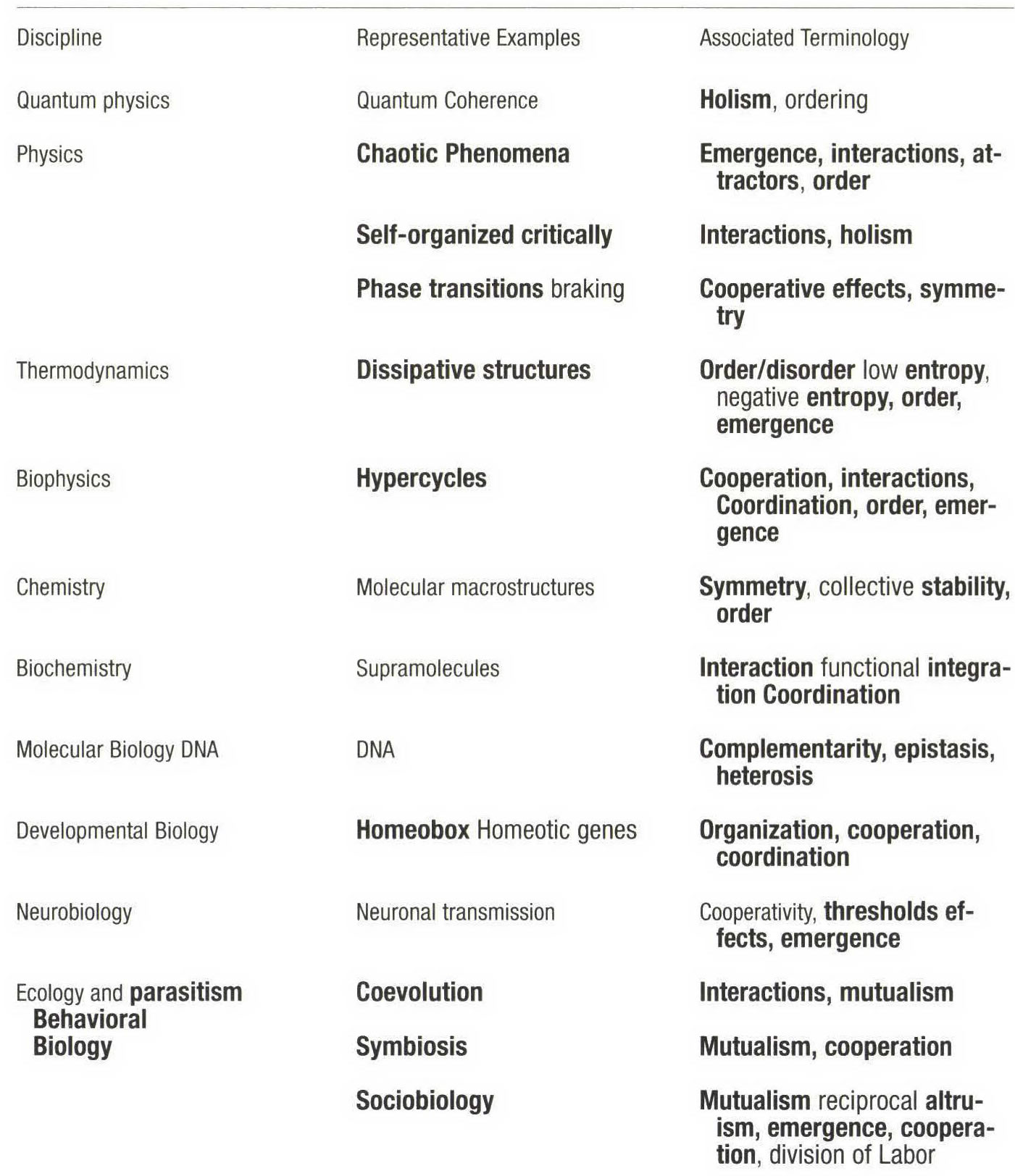SYNERGY
← Back
"The action of two or more substances, organs or organisms to achieve an effect of which each is individually incapable" (The American. Heritage Dictionary).
Another definition, by Ch. HAMPDEN-TURNER, as quoted by N.A. COULTER Jr. reads: "Synergy is the fusion between different aims and resources to create more between the interacting parties than they had prior to the interactions" (1979, p.26).
COULTER also gives his own definition: "… any property of a system that promotes two or more functions, processes, goals, etc., while impeding none" (Ibid).
COULTER observes that synergic power transcends hierarchic directive power, specially in organizations where it fosters: "…the ability to engage others in joint efforts to increase the satisfaction of all" (Ibid., p.27).
According to BECKMINSTER FULLER, (as quoted by O. JOHANSEN BERTOGLIO): "An object shows synergy when, examining one of various of its parts (or even each and everyone of them) separately, it is impossible to explain or predict the whole's behavior" (1985).
In this case, we call it a system, in view of the new global behavior resulting from the interactions among the parts or components.
L. KOHOUT and B. GAINES state: "The synergies increase the speed of reaction of the organism as well as decrease demands on information-processing capacity during the synthesis of a particular action or movement."
They extend soon this view to computing processes, where, according to them synergies appear as: "… subroutines, ready as whole units to be triggered off in an appropriate situation" (1976, p.17).
Curiously however, synergy implies at times that parts, in order to become synergic, must partly relinquish some aspects of their own behavioral patterns.
In the recent years, (1983 to day) P. CORNING has deepened the study of synergy as a fundamental systemic phenomenon of a typically transdisciplinarian character. He emphasized its very general nature as "the subset of all imaginable interactions that have combined functional effects (positive or negative) and added: "Synergistic causation is configurational: synergistic effects are always co-determined" (1998b, p.8-10).
And finally: "Synergy is real. Its effects are measurable and quantifiable: e.g. economies of scale, increased efficiency, reduced costs, higher yields, lower mortality rates, a larger number of viable offsprings, etc… More subtle measuring rods include enhanced stability properties, greater stress tolerance, increased fidelity in reproduction, the melding of funcional complementarities to achieve new properties, and so forth" (Ibid, p.12).
CORNING advocates for a "Science of Relationships", whose main research tool would be a "synergy paradigm" (see hereafter).
CORNING produced the following table of synergistic effects in a selection of scientific disciplines (Ibid, p.8):
For complementary information, see reference 1998b.

Categories
- 1) General information
- 2) Methodology or model
- 3) Epistemology, ontology and semantics
- 4) Human sciences
- 5) Discipline oriented
Publisher
Bertalanffy Center for the Study of Systems Science(2020).
To cite this page, please use the following information:
Bertalanffy Center for the Study of Systems Science (2020). Title of the entry. In Charles François (Ed.), International Encyclopedia of Systems and Cybernetics (2). Retrieved from www.systemspedia.org/[full/url]
We thank the following partners for making the open access of this volume possible:

